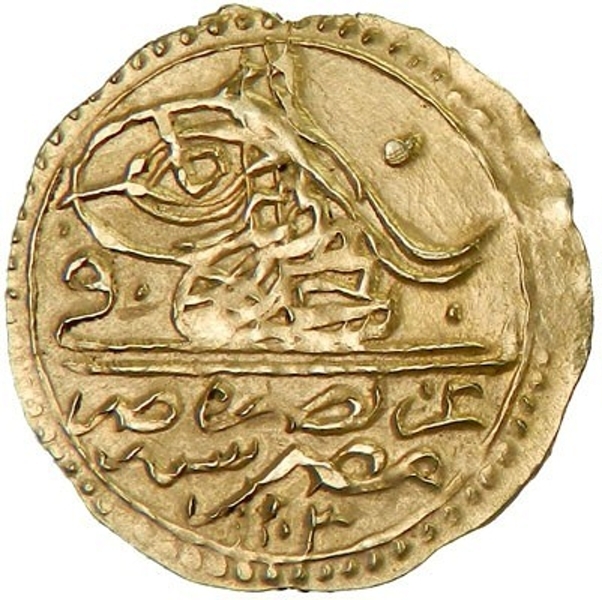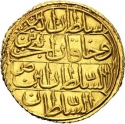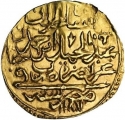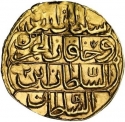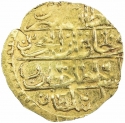You are about to finish your registration. Please check your mailbox (including spam folder). There should be a letter with a confirmation link. Check setting to make sure that your e-mail address is correct.
Send letter againDescription
Selim III (1761–1808) was the Sultan of the Ottoman Empire from 1789 to 1807. Regarded as an enlightened ruler, the Janissaries eventually deposed and imprisoned him, and placed his cousin Mustafa on the throne as Mustafa IV. Selim was subsequently killed by a group of assassins.
After Abdul Hamid's death, Selim succeeded him on 7 April 1789, not yet 27 years old. Sultan Selim III was very fond of literature and calligraphy; many of his works were put on the walls of mosques and convents. He wrote many poems, especially about Crimea's occupation by Russia. He spoke Arabic, Persian, Turkish and Old Bulgarian fluently. Selim III showed great importance to patriotism and religion. He demonstrated his skills in poetry, music and was fond of fine arts and the army.
The Eyalet of Egypt operated as an administrative division of the Ottoman Empire from 1517 to 1867. It originated as a result of the conquest of Mamluk Egypt by the Ottomans in 1517, following the Ottoman–Mamluk War (1516–17) and the absorption of Syria into the Empire in 1516. Egypt always proved a difficult province for the Ottoman Sultans to control, due in part to the continuing power and influence of the Mamluks, the Egyptian military caste who had ruled the country for centuries.
Obverse

|
Tughra in Selim III name, Ottoman Turkish legend "Struck in Egypt" and the accession year in Hejira (AH1203) below, knot as an initial mark. سليم خان بن مصطفى |
|---|---|
Reverse

|
Depicts 4-line Arabic legend: Sultan of the two lands, Khaqan (emperor) of the two seas, the sultan son of the sultan, the year of the Sultan's reign (٢) at the 3rd line. سلطان البرين |
| Edge |
